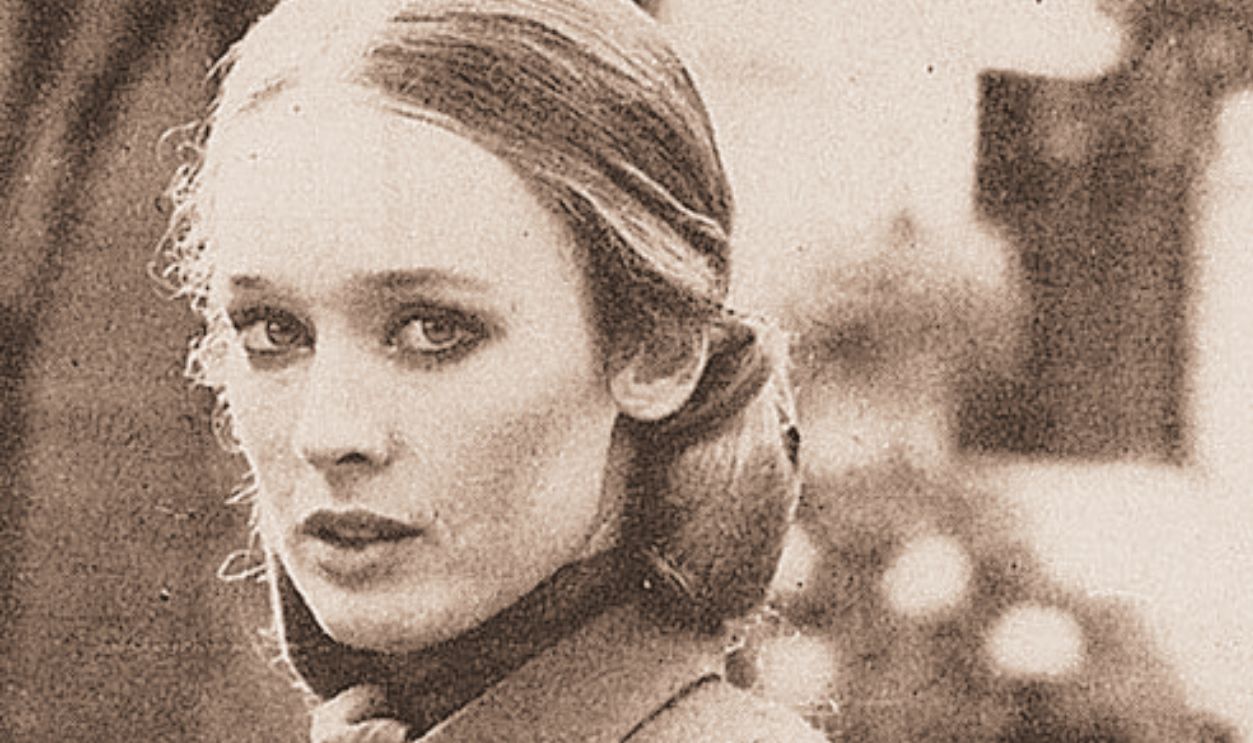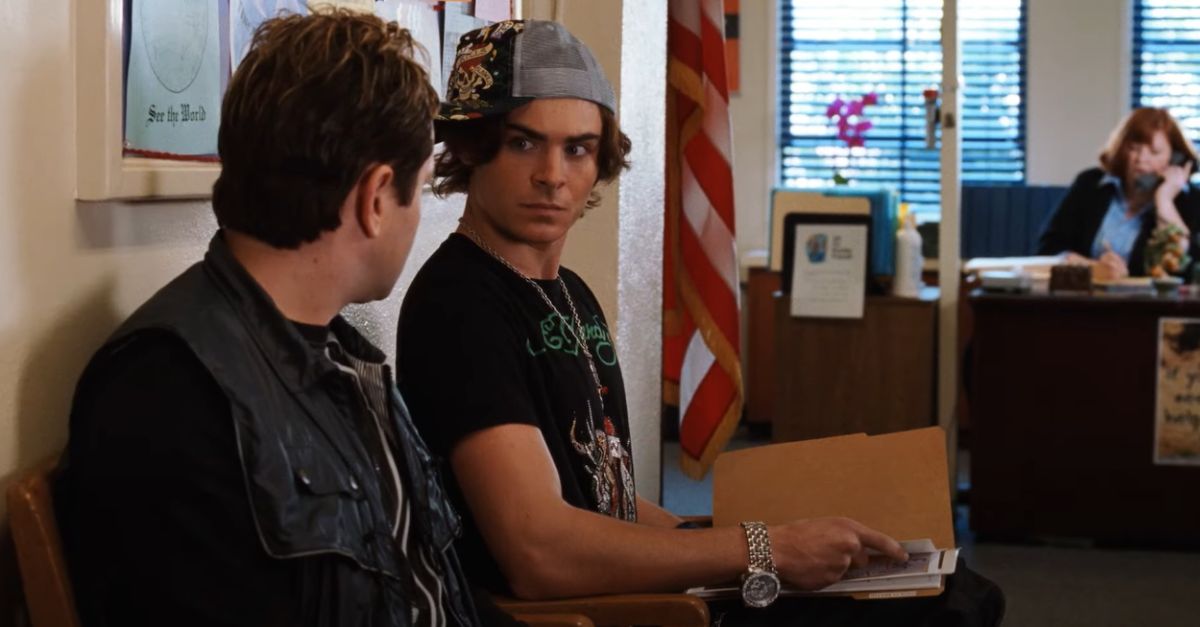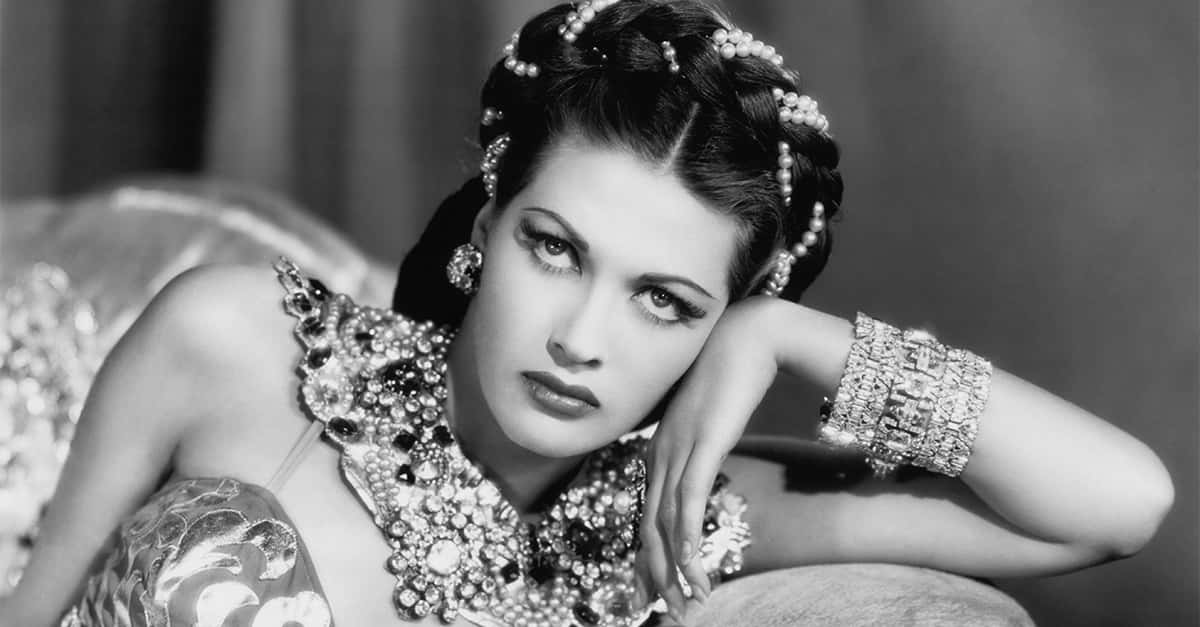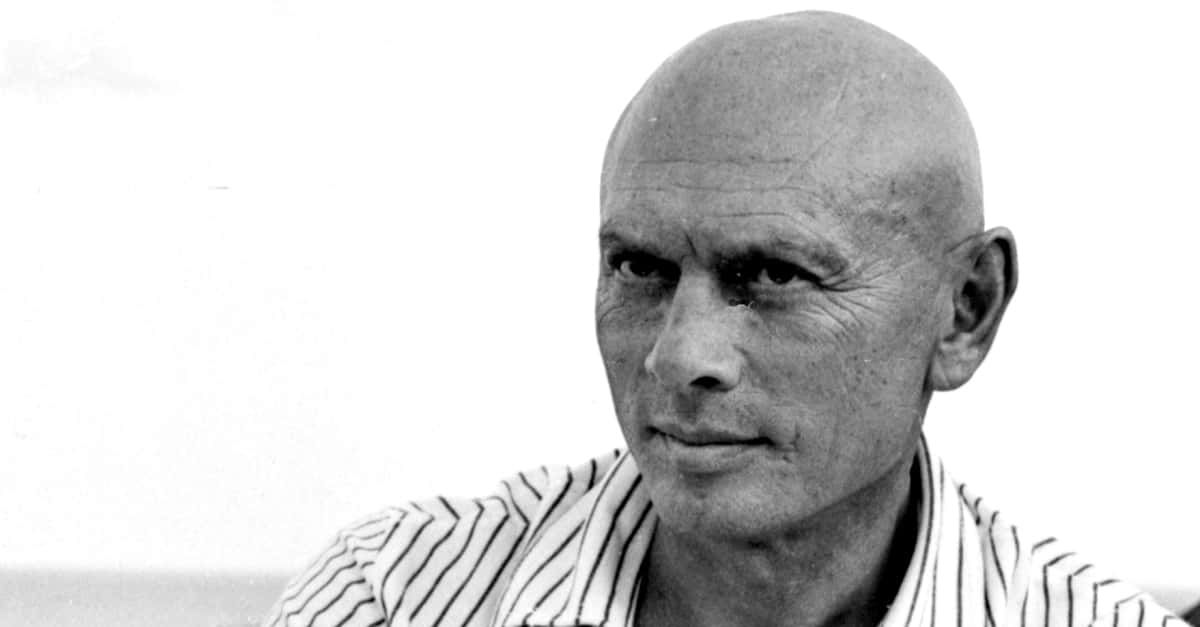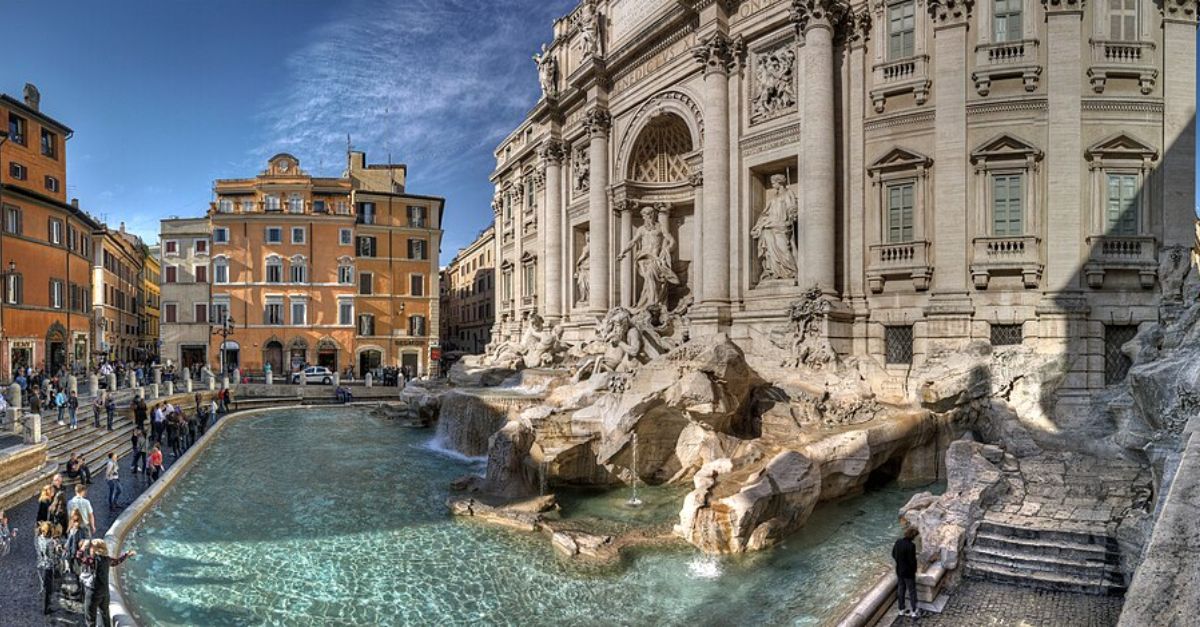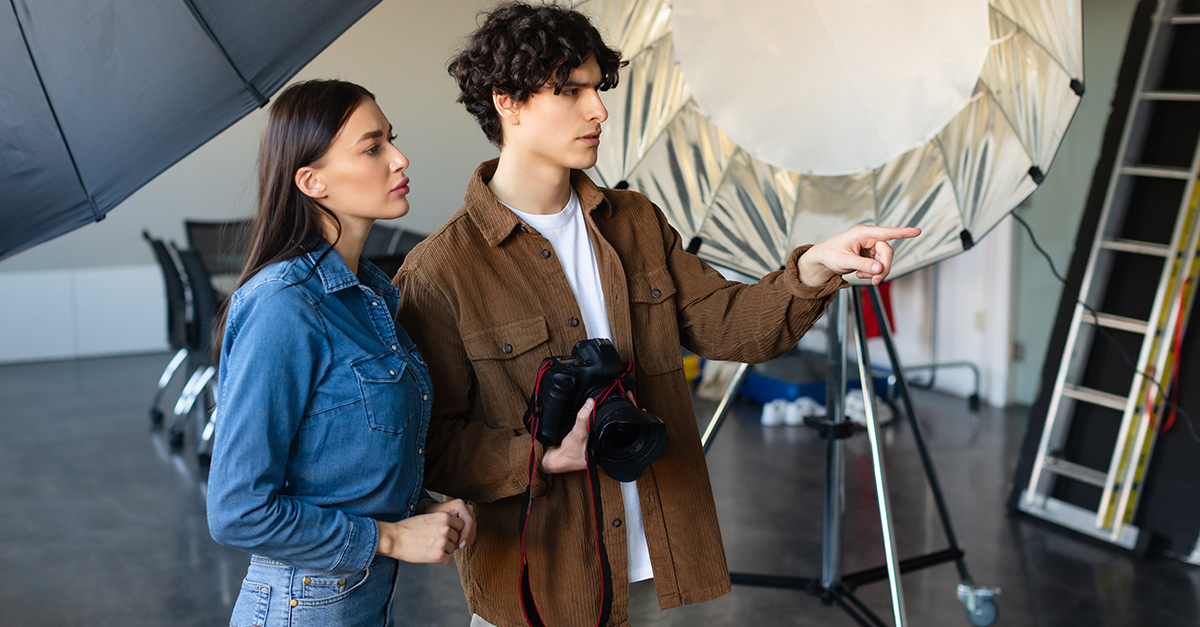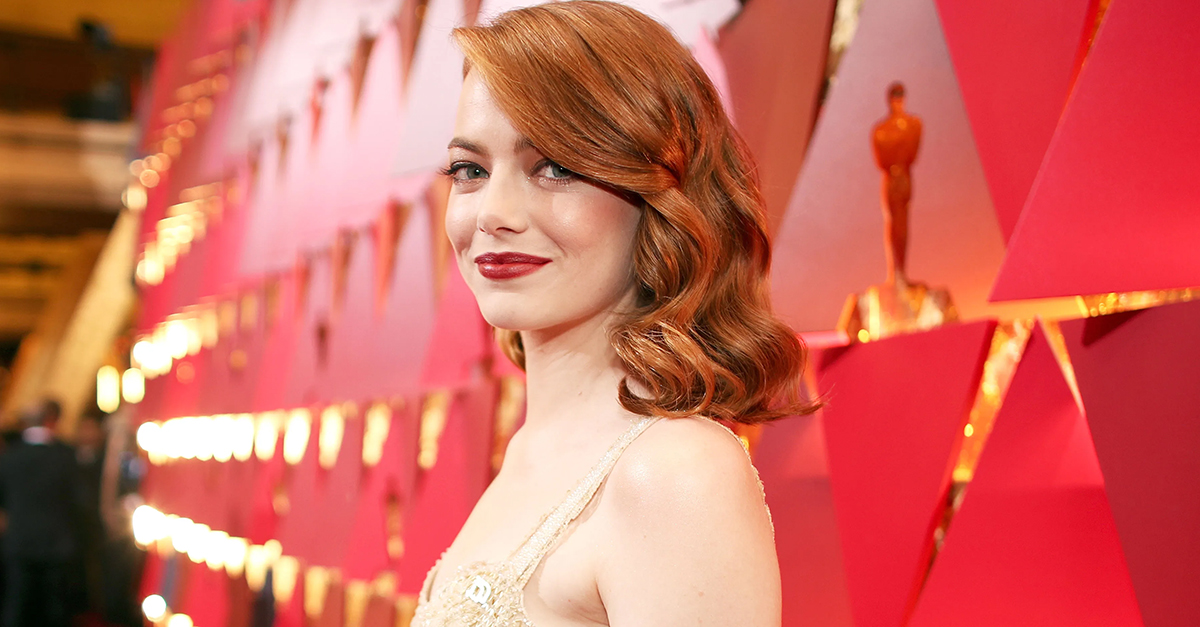They Came, They Screamed, They Vanished
The 1970s was a golden age of horror—gritty, inventive, and deeply weird. But while icons like Leatherface and Michael Myers still haunt pop culture, many of their peers faded into the fog. These are the forgotten scream kings and queens, monsters, and maniacs who terrified audiences…then disappeared almost overnight.
Robert Quarry—The Vampire Who Bit Back
Before Dracula made another comeback, there was Robert Quarry as Count Yorga, Vampire. Suave, modern, and oddly funny, he was Hollywood’s next big horror hope. But after feuding with studio execs (and Vincent Price, allegedly), his career fizzled faster than a vampire in daylight.
 American International Pictures, Count Yorga, Vampire (1970)
American International Pictures, Count Yorga, Vampire (1970)
Pamela Franklin—The Psychic Powerhouse
In The Legend of Hell House and And Soon the Darkness, Pamela Franklin owned the “terrified but tough” role. Critics praised her as the next horror star—but she left Hollywood by her 30s, tired of typecasting. A psychic medium who vanished from the screen? Poetic, really.
 Lumiere Pictures and Television, And Soon the Darkness (1970)
Lumiere Pictures and Television, And Soon the Darkness (1970)
Andrew Prine—The Cult Favorite Nobody Remembers
Andrew Prine starred in Simon, King of the Witches, playing a groovy occult hero with major Charles Manson energy. The movie bombed—but became a midnight-movie legend. Prine’s mix of charm and menace should’ve made him huge. Instead, he drifted into TV guest roles and convention cameos.
 Fanfare Films Inc., Simon, King of the Witches (1971)
Fanfare Films Inc., Simon, King of the Witches (1971)
Marlene Clark—The Queen of Blaxploitation Horror
In Ganja & Hess, Marlene Clark played a vampire unlike any other—cool, intelligent, and hauntingly sensual. The film was art-house horror ahead of its time, but barely distributed. Clark later said audiences “weren’t ready for a woman like that.” Sadly, she was right.
 Kelly-Jordan Enterprises, Ganja & Hess (1973)
Kelly-Jordan Enterprises, Ganja & Hess (1973)
David Hess—The Original Horror Rocker
Before punk had shock value, David Hess embodied menace in The Last House on the Left. He even wrote Elvis hits (All Shook Up, seriously). Hess’s raw, unsettling realism made him unforgettable—but his own intensity scared studios away. He spent the rest of his life writing songs instead of killing teens.
 Hallmark Releasing, The Last House on the Left (1972)
Hallmark Releasing, The Last House on the Left (1972)
Jennifer Salt—The Star Who Got Out Alive
Before producing American Horror Story, Jennifer Salt starred in Brian De Palma’s Sisters—a twisted, Hitchcock-style thriller that should’ve made her a horror icon. Instead, she ditched acting for writing and producing. Turns out, she traded fake blood for real power.
 American International Pictures, Sisters (1972)
American International Pictures, Sisters (1972)
Sid Haig—The Man of a Thousand Creeps
Decades before Rob Zombie resurrected him, Sid Haig was the go-to heavy in grindhouse cinema. He terrified in Spider Baby and The Big Doll House, but quit acting out of frustration in the ’80s. Thankfully, he came back swinging as Captain Spaulding—finally getting the cult crown he deserved.
 New World Pictures, The Big Doll House (1971)
New World Pictures, The Big Doll House (1971)
Robin Askwith—The Scream and the Smirk
British audiences knew Robin Askwith for bawdy comedies—but his turn in Horror Hospital was pure, chaotic brilliance. It was Clockwork Orange meets bad acid trip. Askwith leaned into the absurdity and became a minor horror god in the UK…before fading into TV obscurity.
 Tigon British Film Productions, Horror Hospital (1973)
Tigon British Film Productions, Horror Hospital (1973)
Zohra Lampert—The Ghostly Minimalist
In Let’s Scare Jessica to Death, Zohra Lampert delivered one of horror’s most haunting performances—fragile, fragmented, and utterly real. The movie’s eerie realism made it a cult hit, but Lampert shunned Hollywood fame. She preferred Broadway’s quiet ghosts to Hollywood’s noisy ones.
 Paramount Pictures, Let’s Scare Jessica to Death (1971)
Paramount Pictures, Let’s Scare Jessica to Death (1971)
Andrew Stevens—The Demon Next Door
Andrew Stevens became a horror regular in The Fury and The Seduction, with boy-next-door looks masking major menace. But when the roles dried up, he reinvented himself as a producer of direct-to-video thrillers. If you’ve seen a ‘90s cable movie at 2 a.m., you’ve met his legacy.
 20th Century Fox, The Fury (1978)
20th Century Fox, The Fury (1978)
Anitra Ford—The Model Who Turned Macabre
Best known as a Price Is Right model, Anitra Ford shocked audiences with The Big Bird Cage and The Invasion of the Bee Girls. Her statuesque beauty and deadpan delivery made her unforgettable—but she left Hollywood early, becoming a photographer and artist.
 Centaur Pictures, Invasion of the Bee Girls (1973)
Centaur Pictures, Invasion of the Bee Girls (1973)
Paul Naschy—Spain’s Werewolf King
Spain’s answer to Lon Chaney Jr., Paul Naschy wrote, directed, and starred in his own monster movies like The Werewolf vs. the Vampire Woman. They were pulpy, gory, and wildly ambitious—until censorship and budget cuts buried them. Naschy kept making movies anyway, out of pure love for the craft.
 Atlas International Film, The Werewolf vs. the Vampire Woman (1971)
Atlas International Film, The Werewolf vs. the Vampire Woman (1971)
Sondra Locke—From Scream Queen to Scapegoat
Before her stormy relationship with Clint Eastwood overshadowed her career, Sondra Locke delivered chilling turns in Willard and A Reflection of Fear. Hollywood loved her—until Eastwood didn’t. After their split, she struggled to find roles, eventually retreating from the industry altogether.
 Cinerama Releasing Corporation, Willard (1971)
Cinerama Releasing Corporation, Willard (1971)
Michael Pataki—The Unholy Workhorse
You may not know his name, but Michael Pataki was everywhere—from Grave of the Vampire to Dracula’s Dog. He never became a star, but directors loved him because he could do anything: priest, killer, vampire…or all three. A true journeyman of horror.
 Millennium Productions, Grave of the Vampire (1972)
Millennium Productions, Grave of the Vampire (1972)
Camille Keaton—The Silent Survivor
In I Spit on Your Grave, Camille Keaton endured one of cinema’s most infamous revenge arcs. The film divided critics but became legendary. Keaton, traumatized by the backlash, withdrew from the spotlight—but she later embraced her cult status, attending conventions with quiet grace.
Robin Strasser—The Soap Star Who Went Psycho
Long before One Life to Live, Robin Strasser starred in The Secret Storm and The House That Cried Murder. She balanced camp and creep perfectly—but daytime TV came calling, and she never looked back. The horror world still whispers her name, though.
 Cannon Group, The House That Cried Murder (1973)
Cannon Group, The House That Cried Murder (1973)
William Marshall—The Classy Count
With his Shakespearean voice and regal bearing, William Marshall elevated Blacula far above its B-movie roots. He brought dignity and tragedy to the role—but the industry didn’t know what to do with a Black horror hero. Marshall ended up teaching theater instead of ruling the night.
 American International Pictures, Blacula (1972)
American International Pictures, Blacula (1972)
Cristina Raines—The Model Who Saw Hell
In The Sentinel, Cristina Raines faced one of horror’s strangest finales—neighbors who were literally demons. The movie became a cult classic, but Raines quit acting in the ’80s, frustrated with being objectified. Ironically, her understated fear made the film work.
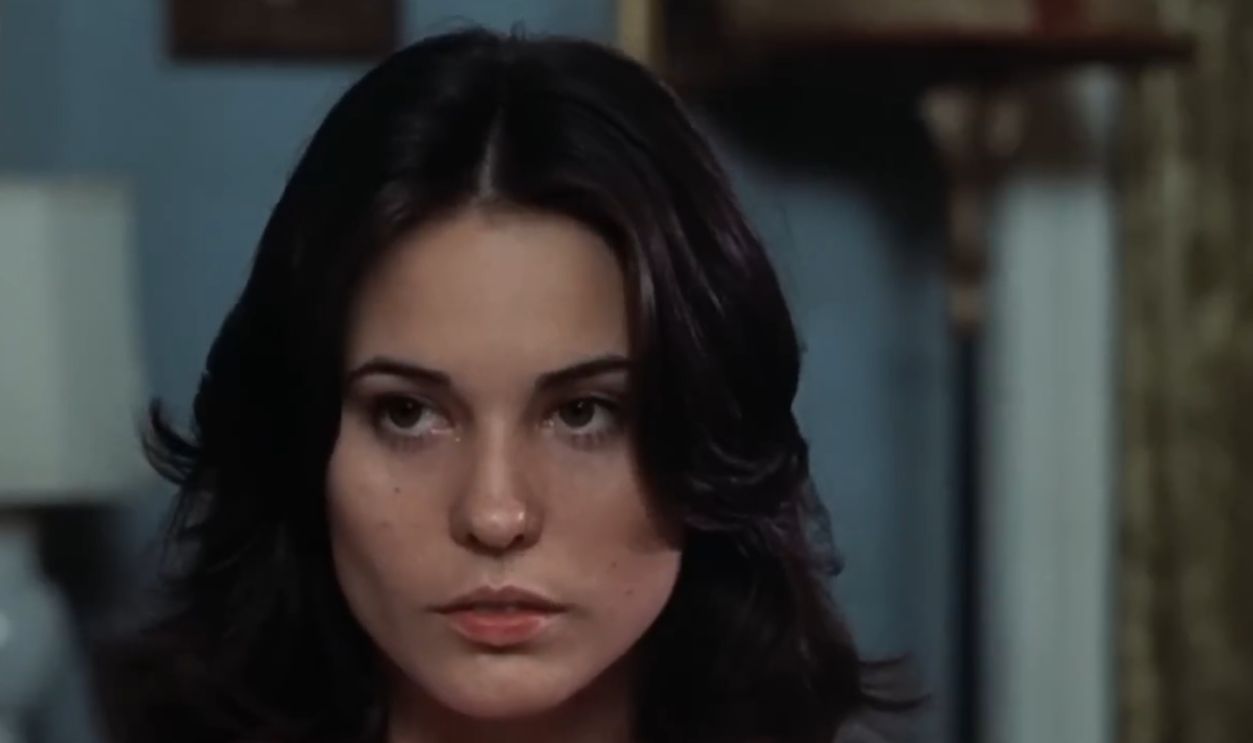 Universal Pictures, The Sentinel (1977)
Universal Pictures, The Sentinel (1977)
Michael Sarrazin—The Monster with Soul
In The Reincarnation of Peter Proud and Frankenstein: The True Story, Michael Sarrazin brought pathos to monsters who didn’t want to be monsters. He could’ve been a major star, but preferred weird, quiet roles to fame. Hollywood forgot him—but horror fans never did.
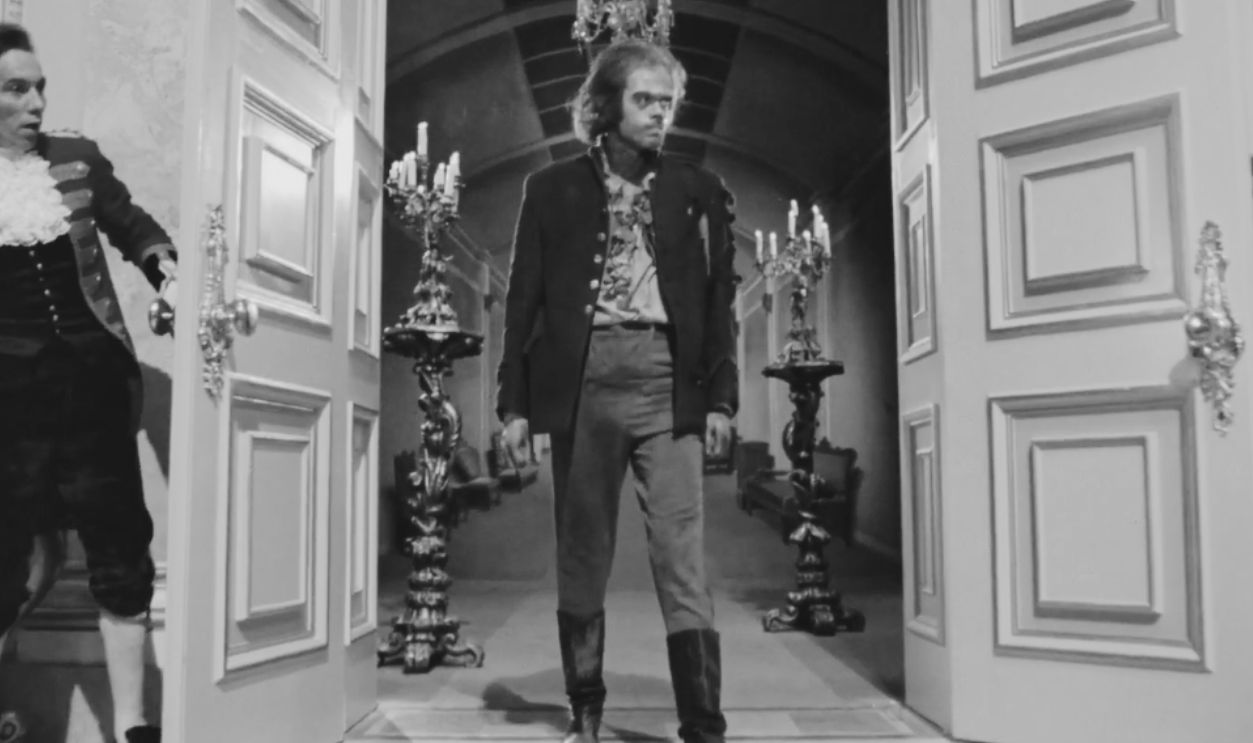 NBC, Frankenstein: The True Story (1973)
NBC, Frankenstein: The True Story (1973)
Barbi Benton—The Model Turned Scream Queen
A familiar face from Playboy After Dark, Barbi Benton shocked fans with her chilling turn in Hospital Massacre. Critics dismissed it as camp, but Benton’s deadpan performance gave it cult longevity. After a few roles, she retired to raise a family—her horror legacy quietly sealed.
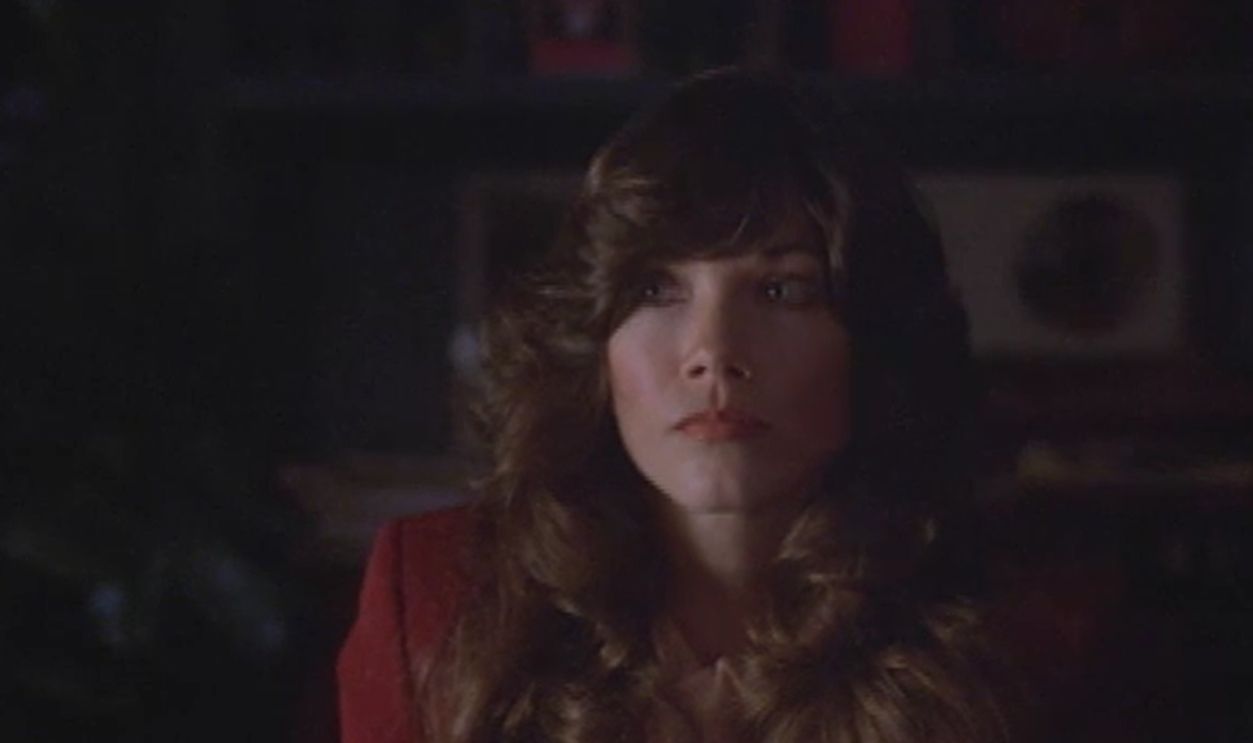 Film Ventures International, Hospital Massacre (1981)
Film Ventures International, Hospital Massacre (1981)
Andrew Duggan—The Patriarch of Terror
Andrew Duggan lent gravitas to Silent Night, Bloody Night, playing a tormented patriarch whose secrets unleashed chaos. Though he was a respected character actor, horror didn’t fit his clean-cut TV image, and studios moved on. Today, that film is a seasonal slasher favorite.
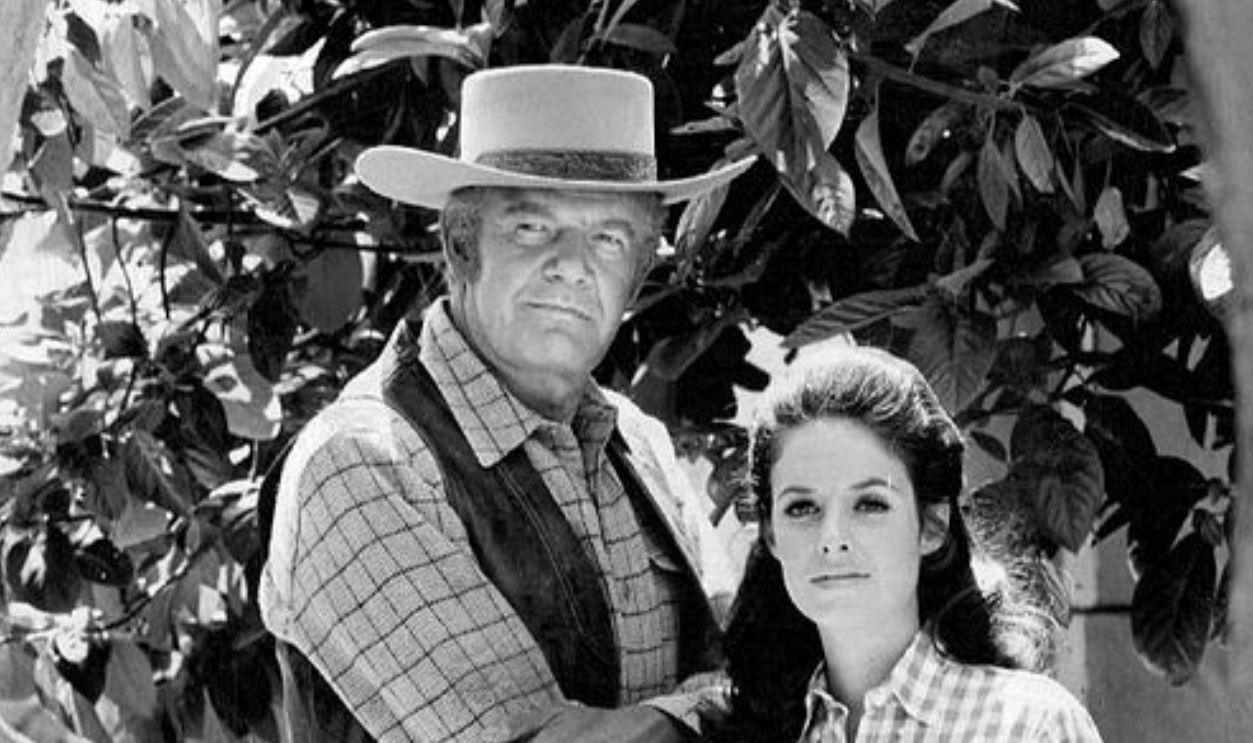 CBS Television, Wikimedia Commons
CBS Television, Wikimedia Commons
Lynn Lowry—The Angel of Exploitation Cinema
Lynn Lowry starred in everything from The Crazies to Shivers, embodying fragile innocence twisted by madness. She became a muse for George Romero and David Cronenberg—then vanished when Hollywood labeled her “too weird.” Decades later, she’s reclaimed her cult status with pride.
Michael Gough—The Gentleman of Gothic Horror
Best known later as Alfred in Batman, Michael Gough was once Britain’s reigning horror aristocrat, starring in Trog and Crucible of Horror. He oozed refinement even when covered in fake blood. When Hammer Films declined, so did his horror career—but fans never forgot his elegance.
 Cinerama Releasing Corporation, Crucible of Horror (1971)
Cinerama Releasing Corporation, Crucible of Horror (1971)
Carol Speed—The Trailblazing Exorcist
In Abby, Carol Speed played a possessed preacher’s wife in what critics dubbed “the Black Exorcist.” Warner Bros. sued the production into oblivion, killing its release. Speed’s electrifying performance should’ve made her a star—but Hollywood’s fear of controversy ended her rise.
 American International Pictures, Abby (1974)
American International Pictures, Abby (1974)
Geoffrey Lewis—The Everyman of the Occult
Before Clint Eastwood made him a sidekick, Geoffrey Lewis starred in cult horrors like Salem’s Lot and The Devil’s Rejects. His calm, everyman vibe made the supernatural seem real. Though rarely credited as a “star,” his eerie presence elevated every film he touched.
 Warner Bros. Television, Salem’s Lot (1979)
Warner Bros. Television, Salem’s Lot (1979)
Susan George—The Scream That Echoed Too Loud
Susan George became infamous after Straw Dogs, where she gave one of the decade’s most unsettling performances. The controversy haunted her, and she pivoted to lighter films and horse breeding (yes, really). Her raw intensity remains unmatched in British horror history.
 20th Century Fox, Straw Dogs (1971)
20th Century Fox, Straw Dogs (1971)
Pauline Peart—The Forgotten Face of British Fear
A rare Black actress in 1970s UK horror, Pauline Peart appeared in The Satanic Rites of Dracula and The Mutations. Her poise and presence stood out—but the industry offered few roles. Today, fans see her as a pioneer who deserved far more spotlight.
 Hammer Film Productions, The Satanic Rites of Dracula (1973)
Hammer Film Productions, The Satanic Rites of Dracula (1973)
Britt Ekland—The Glamorous Ghost of the ‘70s
Britt Ekland’s sensual, mysterious performance in The Wicker Man cemented her as a horror icon. But while the film gained cult status, Ekland’s career drifted toward gossip-page fame. She later admitted she didn’t grasp how brilliant the film was—until it was too late.
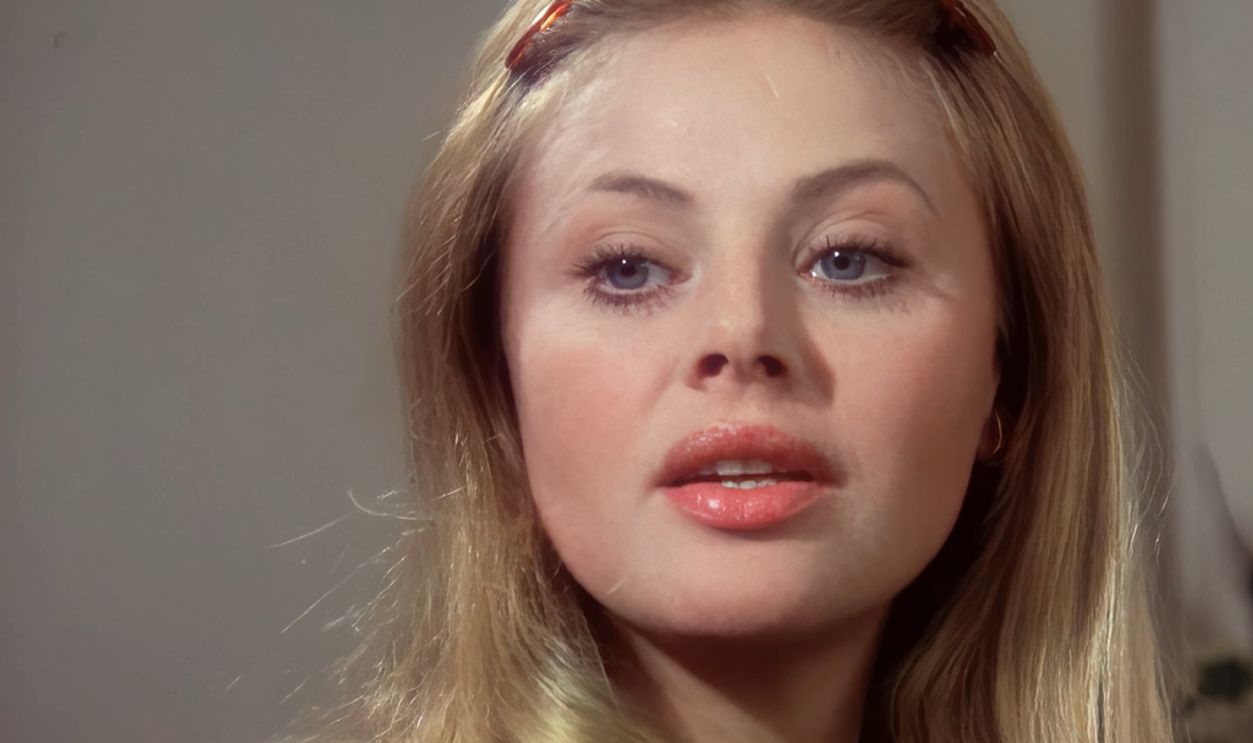 British Lion Films, The Wicker Man (1973)
British Lion Films, The Wicker Man (1973)
You Might Also Like:
The Best Haunted House Movies Of All Time
This "Exorcist" Star Lived Through A Real-Life Horror
Terrifying Trivia: Can You Name These Legendary Horror Flicks?

